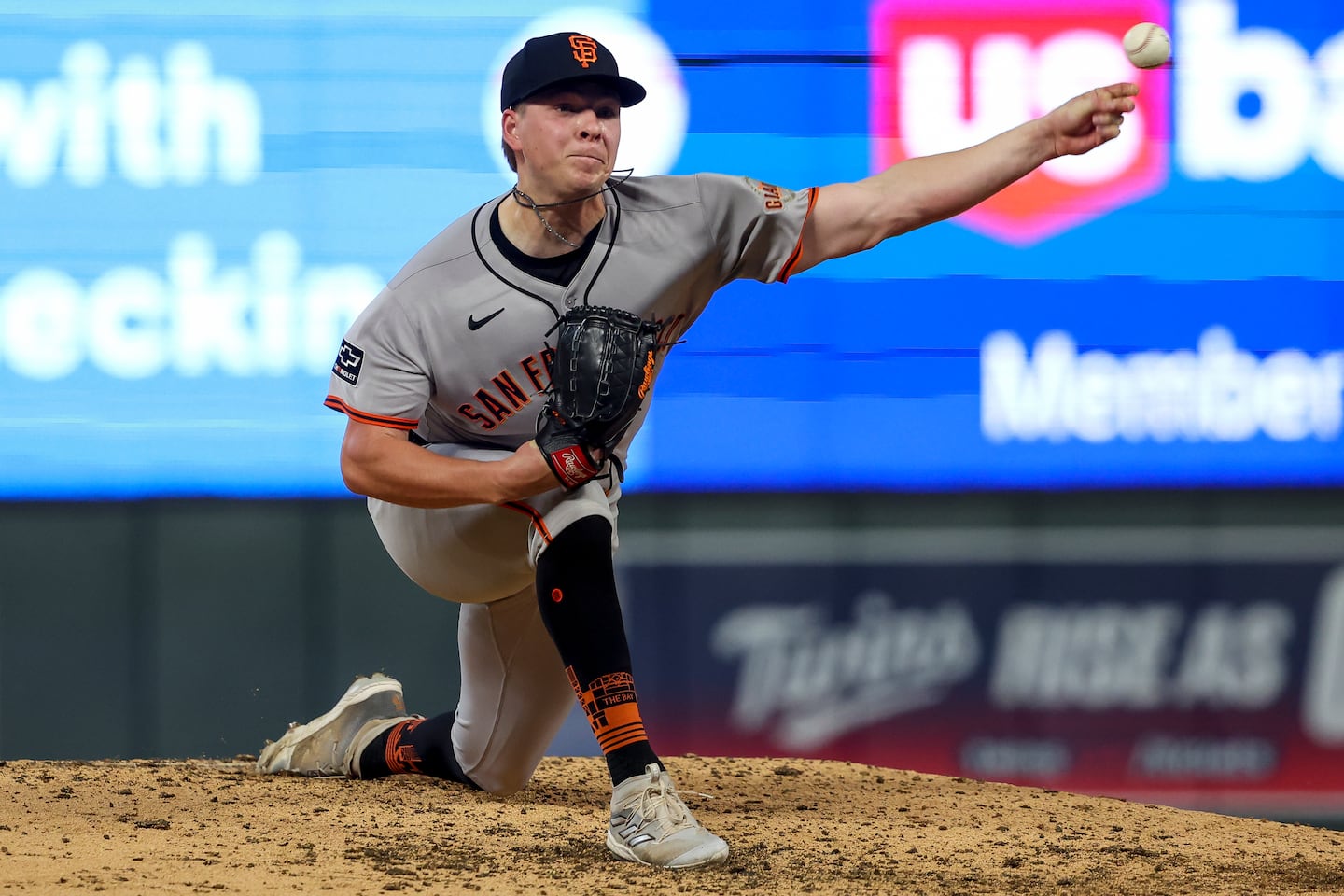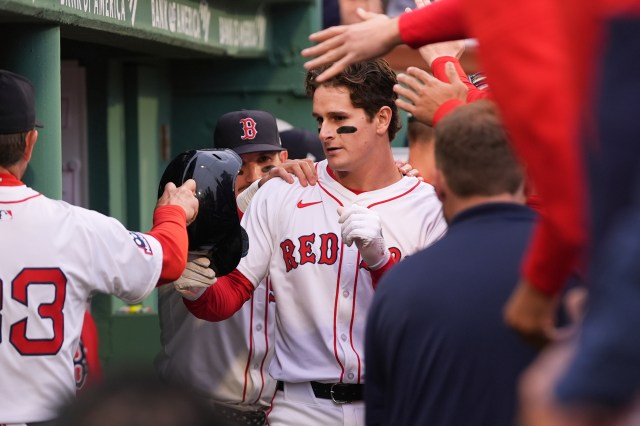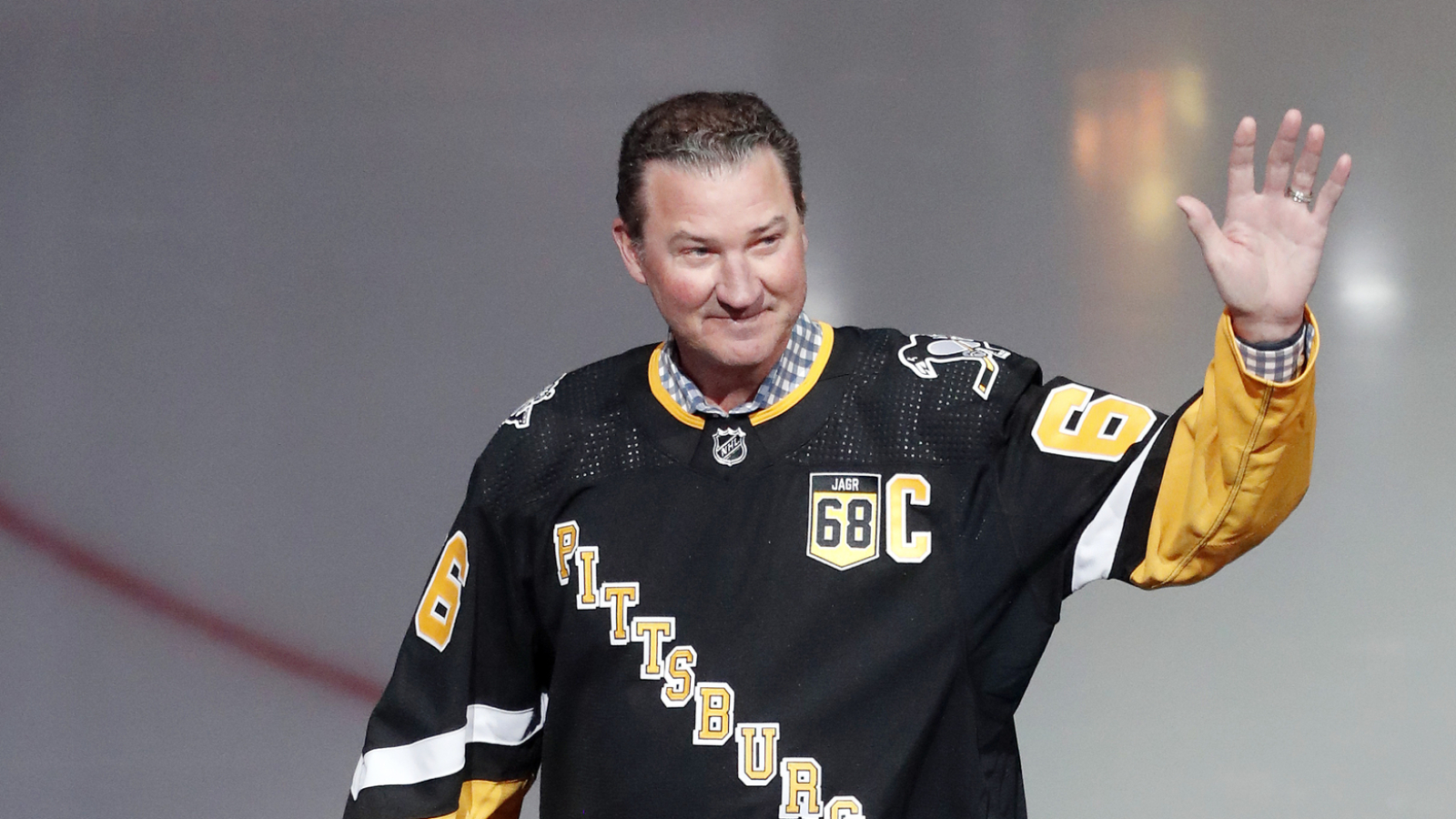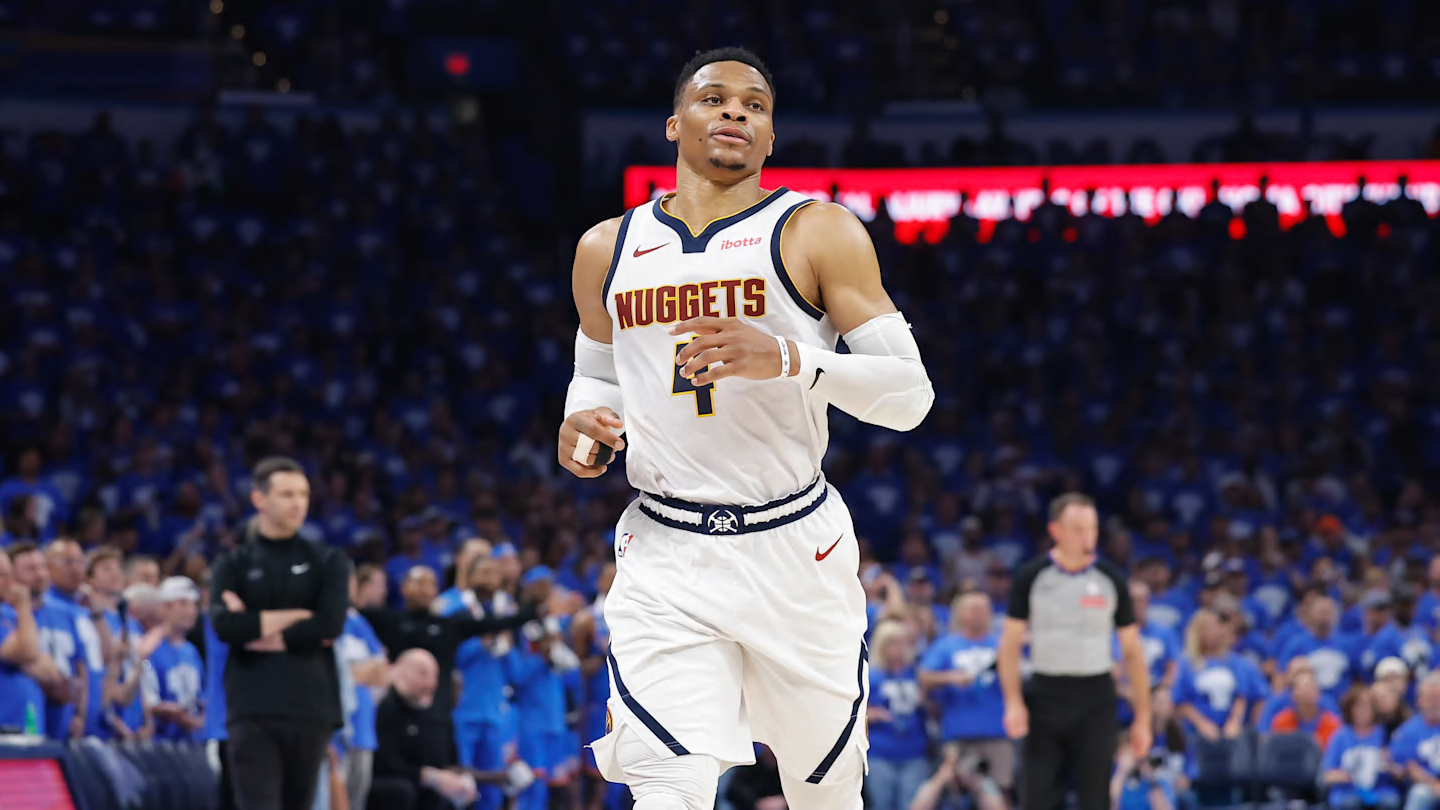In dealing away Rafael Devers, the Red Sox parted with the centerpiece of their lineup and the highest-paid player in franchise history. What did they get in return from the Giants?
The four-player package of lefthander Kyle Harrison, righthander Jordan Hicks, minor league outfielder James Tibbs III, and minor league righthander Jose Bello added to the Sox’ short-term pitching depth while giving the team one potential everyday player and a lottery ticket arm who is years from the big leagues.
Some in the industry were sympathetic to what the Sox did – believing that Devers’s refusal to play a defensive position and airing of grievances with the Sox front office and Craig Breslow made it logical for the Sox to move a player who could be a clubhouse problem, particularly given at a time when the team is trying to set cultural expectations for years to come with the Big Three of Roman Anthony, Marcelo Mayer, and Kristian Campbell all now in the big leagues.
That said, most evaluators looking at the deal sat somewhere between puzzled and stunned when trying to determine how the trade made sense for the Red Sox’ competitive ambitions in 2025.
“The Giants clearly won the trade,” former Giants executive and NESN analyst J.P. Ricciardi said on the “310 to Left” podcast. “If I can take on the money, I gave up nothing and got a really, really good player. . . . This leads me to believe [the Red Sox] just wanted to get rid of [Devers].”
“Why do you trade him? Why do you trade him [if you are] for THAT?” wondered one AL evaluator. “None of this makes sense.”
“I guess they kinda are OK with giving up this year?” mused an NL evaluator.
“You gotta get one really good piece back,” said another. “[The Sox] got no players back.”
That’s a slight exaggeration. The Sox will have a deeper pitching staff with the move — but certainly, no one who projects to have Devers’s impact either now or in the future.
Harrison was a swingman for the Giants this year, starting four games, relieving four, and forging a 4.56 ERA over 23⅔ innings. Baseball America ranked him as the No. 26 prospect in the game entering 2024 (before he lost rookie eligibility), but his modest performance in the big leagues — a 9-9 record, 4.48 career ERA, and 23 percent strikeout rate and 8 percent walk rate — led to questions about whether he projects as more than a No. 5 starter or depth starter.
The 23-year-old has an excellent fastball that averaged 95 miles per hour this year and held hitters to a .175 average and .317 slugging mark, but his slurve has been hit hard (.381 average, .810 slugging) while his changeup — thrown only to righties — has likewise been vulnerable to hard contact. Sox pitching coach Andrew Bailey does have a history with Harrison from their time together in the Giants organization from 2020-23, but for the short-term, Harrison looks like a back-of-the-rotation candidate.
Hicks, 28, had struggled this year — the second season a four-year, $44 million deal — to a 1-5 record and 6.47 ERA with a 20 percent strikeout rate and 9 percent walk rate, a performance that led him to be shifted from the rotation to the bullpen. In the 2023-24 offseason, the Sox had pursued him as a starter and finished as the runners-up in the bidding to the Giants in the righthander’s free agency.
(San Francisco employed Hicks — a reliever for almost all of his career — as a starter for most of 2024. He posted a 4.10 ERA in 109⅔ innings with a 20 percent strikeout rate and 10 percent walk rate in that role last year.)
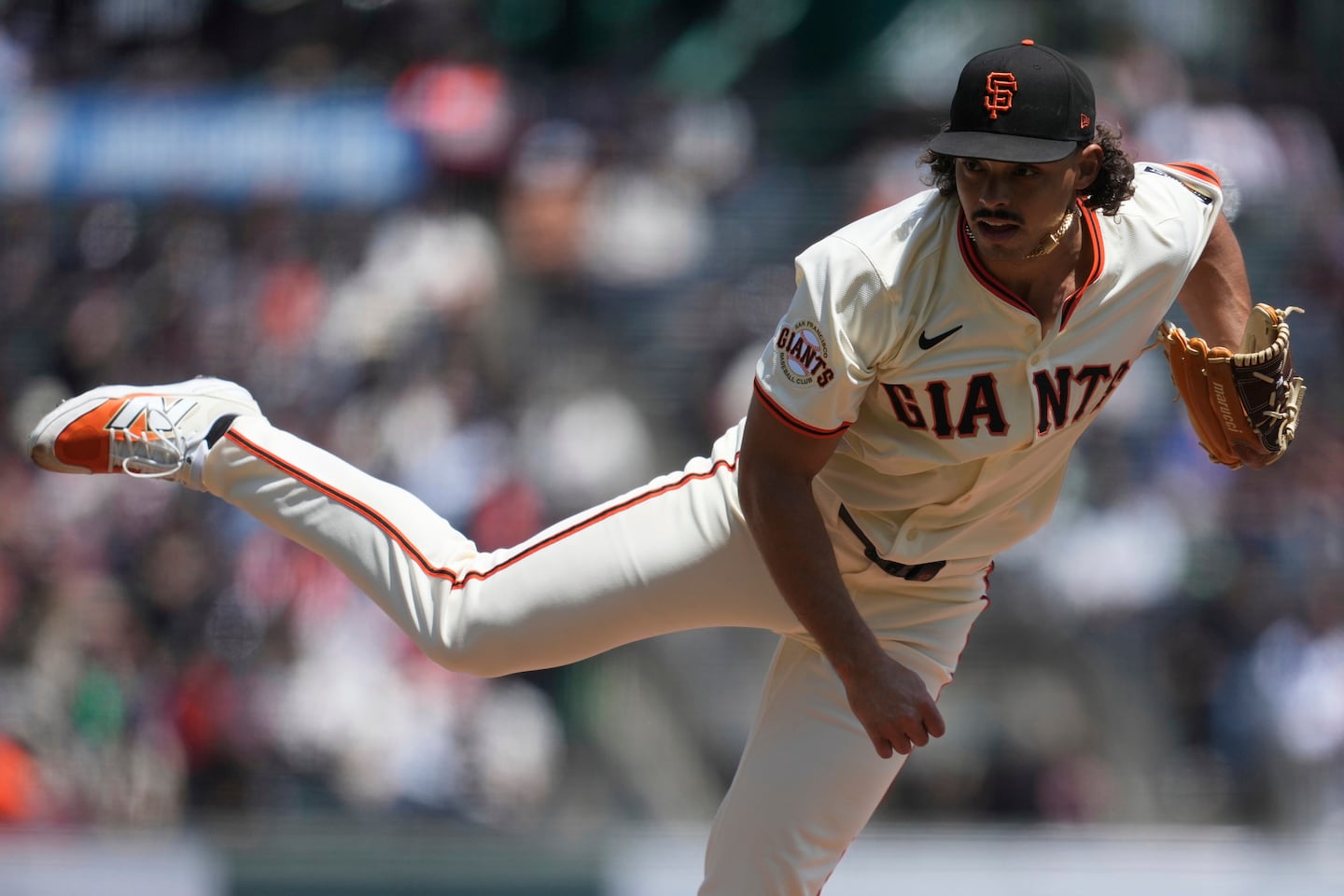
Hicks has one of the biggest arms in the game, averaging 97 m.p.h. with both his sinker and four-seamer. His arsenal — the two fastballs plus a sweeper and splitter — generates a ton of ground balls, with a 59 percent ground ball rate on batted balls that placed him in the 95th percentile. He’s been on the injured list since the start of the month due to inflammation in his right toe.
Tibbs, 22, was taken by the Giants out of Florida State in the first round of the 2024 draft — one pick after the Sox selected Braden Montgomery (subsequently dealt to the White Sox in the Garrett Crochet deal) with the No. 12 pick. He was hitting .246/.379/.478 with 12 homers and 23 extra-base hits in 57 games in High A this year.
The Sox had liked Tibbs leading up to the draft, feeling that he showed the swing decisions and hard contact to project as a safe bet to hit in the big leagues. Other teams shared the view of Tibbs as a solid offensive prospect, though not a standout.
Bello, 20, was 1-0 with a 2.00 ERA, 28 strikeouts, and three walks in 18 innings in the Rookie level Arizona Complex League this year. He sits at 93 m.p.h. and has been up to 95 with a good slider, and is seen as a decent bet to emerge as a bullpen contributor based on his stuff and strike throwing, but without a high-leverage future.
While the Sox didn’t get a hitter back in the deal, moving Devers does at least give Masataka Yoshida — struggling to build up the arm strength to contribute as an outfielder — a path back onto the roster as a designated hitter. (Manager Alex Cora said on Saturday that he didn’t expect Devers to be available to perform in any capacity except DH this season.) Perhaps the combination of Yoshida and more pitching depth — as well as a return from Alex Bregman — could offset the absence of one of the best hitters in baseball.
Still, purely examined through the prism of 2025, evaluators were puzzled by the Sox’ decision to deal one of the best hitters in the game, with many questioning why the Sox didn’t hold out for either a larger return as the trade deadline approached or an offseason deal when more teams might have been positioned to take on Devers’s contract.
“It never will [make sense],” said one.
Alex Speier can be reached at alex.speier@globe.com. Follow him @alexspeier.
